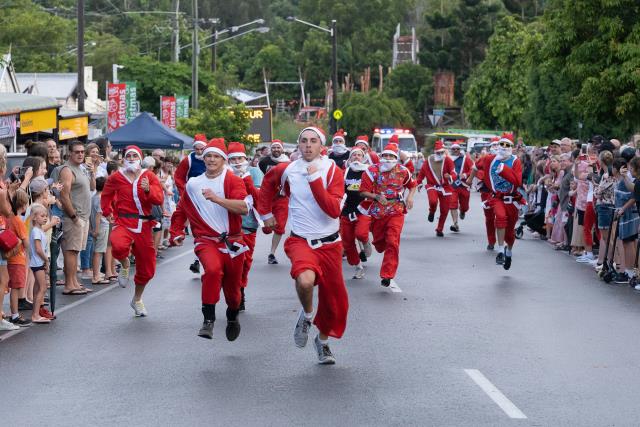While adult Australians ponder the big questions of the 2021 festive season such as how far families can travel and whether rain and COVID-19 will ruin gatherings, many young children are firmly focused on one big moment – the overnight visit by Santa Claus.
Despite accessible technology, and the perception that kids are growing up faster, many remain obsessed with Christmas and the story of Santa.
In a feature article published by the University of the Sunshine Coast, Senior Lecturer in Psychology Dr Rachael Sharman says this can be explained through understanding what is going on in the brains of children.
“This can also help when the Santa lie is revealed,” said Dr Sharman who has more than 20 years of experience in child and adolescent development in clinical and university settings, where her research focuses on the healthy development of the paediatric brain.
She is also a mother to five children, including a four-year-old son.
Dr Sharman said her son’s surging thoughts and emotions about Santa’s visit and the anticipation of opening his presents on Christmas morning were actually “lighting up” areas of his brain regulated by the dopamine system.
“There are days of build-up to Christmas for children,” she said.
“Their feelings of incredible excitement each day, their inability to get to sleep on Christmas Eve or the fact they’re up at the crack of dawn, is anticipatory dopamine.
“It’s that feel-good neurochemical we all have, looking forward to a reward.”
Dr Sharman says reward anticipation has been found to produce stronger effects on the brain than reward outcome. “It’s one of the most pleasurable feelings people can have, and it lights up more areas of a young brain than an adult brain,” she said.
Luckily, for most children, the reward outcome isn’t much of a comedown. “They’re happy and busy, unwrapping and processing, anticipating the rest of the day. Until next year.”
Dr Sharman said that believing in Santa was what psychologists recognised as magical thinking and was a perfectly normal developmental phase.
“Children don’t start to develop adult notions of logic, cause and effect, the difference between fantasy and reality, until they’re about 12.”
When it comes to the great Santa-parent reveal, Dr Sharman believes in keeping the magic alive until the child – or someone else’s child – ends it.
“I know a lot of parents and kids rally against the lie but my research, as well as my experience, has shown me that most children figure it out for themselves,” she said.
“My rule of thumb would be, if your kid asks you if Santa’s real, it’s probably time to tell the truth and explain this is how parents around the world make Christmas special for children.
“For kids who understand empathy and moral codes, finding out the truth is not too stressful. They have developed ‘theory of mind’, which means they understand that people sometimes say or do things that might be dishonest but are for the right reasons.”






